Home>Furniture & Design>Interior Design Trends>How Does A Glass Door Works
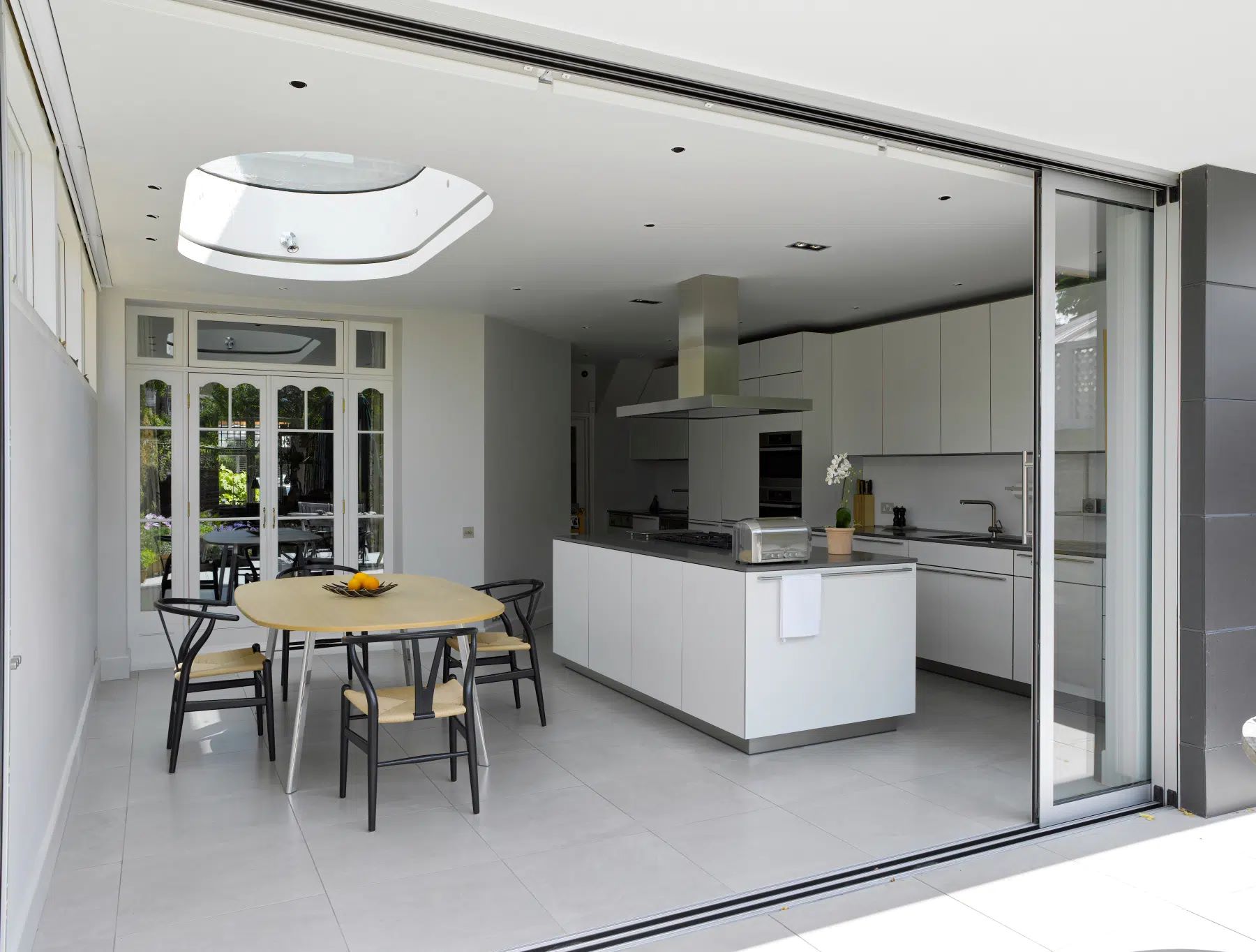

Interior Design Trends
How Does A Glass Door Works
Modified: September 1, 2024
Discover the latest interior design trends with a detailed look at how glass doors work and enhance your living space. Explore innovative ideas and inspiration for modern home decor.
(Many of the links in this article redirect to a specific reviewed product. Your purchase of these products through affiliate links helps to generate commission for Storables.com, at no extra cost. Learn more)
Introduction
Glass doors are a ubiquitous feature in modern interior design, offering a seamless blend of functionality and aesthetic appeal. Their transparent nature allows natural light to permeate spaces, creating an open and airy ambiance. Whether used in residential or commercial settings, glass doors have become a popular choice for their ability to enhance the visual appeal of any space while serving practical purposes.
The allure of glass doors lies in their ability to create a sense of continuity within a space, effectively merging indoor and outdoor environments. This seamless integration fosters a feeling of spaciousness and connectivity, making them an ideal choice for both small and large areas. Additionally, the transparency of glass doors allows for unobstructed views, making them an excellent option for areas where visibility is desired, such as storefronts, offices, and homes.
In this comprehensive guide, we will delve into the intricate details of glass doors, exploring their structure, functionality, types, advantages, and disadvantages. Furthermore, we will provide valuable insights into the maintenance and care required to ensure the longevity and pristine appearance of glass doors. By the end of this article, you will have a profound understanding of the inner workings of glass doors, empowering you to make informed decisions when incorporating them into your interior design projects.
Key Takeaways:
- Glass doors seamlessly blend functionality and aesthetics, enhancing natural light and creating a sense of spaciousness within interior spaces. Their diverse types cater to specific design needs, but maintenance is crucial for longevity.
- While glass doors offer advantages such as natural light enhancement and visual expansion, they require regular maintenance to uphold their elegance and functionality. Understanding their structure and functions empowers informed design decisions.
Read more: How Does Polarized Glass Work
The Structure of a Glass Door
A glass door is a marvel of engineering, designed to provide both functionality and aesthetic appeal. Understanding its structure is essential in appreciating the intricate components that contribute to its seamless operation and visual allure.
Frame
At the core of a glass door lies the frame, which serves as the foundational support for the entire structure. The frame is typically constructed from materials such as aluminum, steel, or wood, chosen for their durability and ability to complement the transparent nature of the glass. The frame not only provides structural integrity but also acts as a mounting point for the glass panels, hinges, and handles.
Glass Panels
The defining feature of a glass door is, of course, the glass panels themselves. These panels are crafted from tempered or laminated glass, chosen for their strength and safety features. Tempered glass, in particular, is designed to withstand impact and temperature variations, making it an ideal choice for doors. The glass panels are meticulously fitted into the frame, creating a seamless and visually striking surface that allows light to pass through unimpeded.
Hinges and Handles
Facilitating the smooth operation of a glass door are the hinges and handles. Hinges are strategically positioned to allow the door to pivot effortlessly, enabling seamless opening and closing. They are often engineered with precision to bear the weight of the glass panels while ensuring stability and fluid movement. Complementing the hinges are the handles, which are not only functional but also contribute to the overall aesthetic of the door. From sleek and minimalist designs to ornate and decorative handles, the options are diverse, catering to various design preferences.
Read more: How Does Privacy Glass Work
Seals and Weather Stripping
To enhance the door's insulation and weather resistance, seals and weather stripping are integrated into the structure. These components help to prevent air and water infiltration, maintaining a comfortable indoor environment while safeguarding against external elements. By creating a tight seal when the door is closed, these features contribute to energy efficiency and overall comfort within the space.
Additional Features
Depending on the specific design and intended use, glass doors may incorporate additional features such as locks, latches, and automated opening mechanisms. These elements further enhance the functionality and security of the door, catering to diverse requirements across residential, commercial, and industrial settings.
In essence, the structure of a glass door is a harmonious amalgamation of robust materials, precision engineering, and thoughtful design. Each component plays a crucial role in ensuring the door's seamless operation, safety, and visual appeal, making it a standout feature in any interior space.
The Function of a Glass Door
The function of a glass door extends far beyond its role as a mere entryway. It serves as a multifaceted element within interior design, offering a myriad of practical and aesthetic benefits.
Transparency and Light Transmission
One of the primary functions of a glass door is to facilitate the seamless transmission of natural light. By allowing sunlight to permeate the interior space, glass doors create a bright and inviting ambiance, reducing the reliance on artificial lighting and minimizing energy consumption. This feature is particularly advantageous in spaces where maximizing natural light is a priority, such as living rooms, offices, and commercial storefronts.
Read more: How Does Bulletproof Glass Work
Spatial Expansion and Connectivity
Glass doors play a pivotal role in visually expanding interior spaces. Their transparent nature fosters a sense of continuity, effectively merging indoor and outdoor environments. This creates an illusion of spaciousness, making them an ideal choice for smaller areas where openness and connectivity are desired. Additionally, glass doors can be used to partition spaces without creating visual barriers, maintaining a cohesive flow throughout the interior.
Visual Aesthetics and Elegance
Beyond their functional attributes, glass doors contribute to the overall aesthetic appeal of a space. Their sleek and modern appearance adds a touch of elegance and sophistication, elevating the visual allure of any interior. Whether incorporated into contemporary or traditional settings, glass doors have the remarkable ability to enhance the architectural and design elements of a space, creating a captivating focal point.
Privacy and Transparency Balance
While transparency is a defining feature of glass doors, they also offer the flexibility to strike a balance between openness and privacy. Frosted or tinted glass options provide varying degrees of translucency, allowing for privacy without compromising the influx of natural light. This versatility makes glass doors a versatile choice for areas where both visibility and seclusion are essential, such as conference rooms, bathrooms, and private offices.
Seamless Integration with Surroundings
Glass doors seamlessly integrate interior and exterior environments, fostering a harmonious connection with outdoor spaces. This integration is particularly beneficial in residential settings, where access to outdoor patios, gardens, or balconies is desired. By blurring the boundaries between indoor and outdoor areas, glass doors create a sense of unity, allowing occupants to enjoy unobstructed views while feeling connected to the surrounding landscape.
In essence, the function of a glass door transcends its basic role as an entryway, encompassing a diverse range of benefits that contribute to the functionality, aesthetics, and spatial dynamics of interior design. Its ability to harmonize natural light, expand visual space, and enhance the overall ambiance makes it an indispensable element in modern architectural and design concepts.
Read more: How Does A Magnifying Glass Work
Types of Glass Doors
Glass doors come in a diverse array of types, each offering unique characteristics and design elements that cater to specific functional and aesthetic requirements. Understanding the various types of glass doors is essential in selecting the most suitable option for a particular space. From sliding glass doors to pivot doors, the versatility and versatility of glass doors are showcased through the following categories:
1. Sliding Glass Doors
Sliding glass doors are a popular choice for spaces where seamless transition and space-saving features are paramount. These doors operate on a track system, allowing them to glide horizontally with minimal effort. They are ideal for connecting interior and exterior spaces, such as patios, balconies, and garden areas, creating a harmonious flow between the indoors and outdoors.
2. Hinged Glass Doors
Hinged glass doors, also known as swing doors, are characterized by their traditional operation, swinging open and closed on hinges affixed to the door frame. They are versatile and can be used in various settings, including entryways, interior room dividers, and commercial storefronts. The classic design of hinged glass doors adds a timeless elegance to any space.
3. Pivot Glass Doors
Pivot glass doors offer a contemporary and visually striking alternative to traditional hinged doors. These doors rotate on a pivot hinge, typically positioned at the top and bottom of the door frame, allowing for a smooth and effortless opening experience. Pivot doors make a bold design statement and are often favored for their modern aesthetic and architectural appeal.
Read more: How Does Smart Glass Work
4. Folding Glass Doors
Folding glass doors, also known as accordion doors, are designed to create expansive openings that seamlessly connect indoor and outdoor spaces. They consist of multiple panels that fold and stack against each other when opened, providing a wide unobstructed accessway. This type of glass door is particularly popular in residential settings, where it blurs the boundaries between interior living areas and outdoor patios or gardens.
5. Frameless Glass Doors
Frameless glass doors exude a sleek and minimalist aesthetic, characterized by their absence of visible framing elements. These doors are favored for their seamless and unobstructed views, creating a sense of openness and modernity within a space. Frameless glass doors are often utilized in contemporary architectural designs, where clean lines and transparency are emphasized.
6. Frosted or Etched Glass Doors
Frosted or etched glass doors offer a balance between transparency and privacy. These doors feature glass panels that have been treated to create a translucent or textured surface, allowing diffused light to pass through while obscuring the view. They are commonly used in areas where privacy is essential, such as bathrooms, offices, and conference rooms.
Each type of glass door presents distinct advantages and design possibilities, catering to a wide range of architectural styles and functional requirements. By understanding the characteristics of each type, designers and homeowners can make informed decisions when integrating glass doors into their interior spaces.
Advantages and Disadvantages of Glass Doors
Glass doors offer a myriad of advantages that contribute to their widespread popularity in interior design. However, it is essential to consider the potential drawbacks associated with their use. By examining both the advantages and disadvantages, a comprehensive understanding of the implications of incorporating glass doors into interior spaces can be attained.
Read more: How Does Fire Glass Work
Advantages
-
Natural Light Enhancement: Glass doors serve as conduits for natural light, infusing interior spaces with a sense of brightness and warmth. The abundant influx of sunlight reduces the reliance on artificial lighting, resulting in energy savings and a more sustainable living environment.
-
Visual Expansion: The transparent nature of glass doors creates an illusion of expanded space, making them an ideal choice for smaller areas. By visually connecting different areas of a space, glass doors foster a sense of openness and continuity, enhancing the overall ambiance.
-
Aesthetic Appeal: Glass doors add a touch of elegance and modernity to interior spaces. Their sleek and minimalist appearance complements various design styles, elevating the visual appeal of any room and serving as a focal point within the architectural composition.
-
Privacy Options: With advancements in glass technology, options such as frosted or tinted glass provide privacy without sacrificing natural light transmission. This versatility allows for customized solutions that cater to specific privacy needs in different areas of a home or commercial setting.
-
Seamless Integration: Glass doors seamlessly merge indoor and outdoor environments, fostering a harmonious connection with exterior spaces. This integration creates a sense of unity and allows for unobstructed views, enhancing the overall living experience.
Disadvantages
-
Maintenance: Glass doors require regular cleaning to maintain their pristine appearance. Fingerprints, smudges, and dust can detract from their visual appeal, necessitating ongoing maintenance to uphold their transparency and aesthetic allure.
-
Safety Concerns: While tempered glass is designed to be robust, there is a risk of breakage, especially in high-traffic areas or in the event of impact. Proper precautions and safety measures should be considered to mitigate potential hazards associated with glass breakage.
-
Insulation: Glass doors may have lower insulation properties compared to solid doors, potentially leading to heat loss or gain depending on the climate. Additional measures such as weather stripping and insulated glass panels may be required to optimize energy efficiency.
-
Cost Considerations: The installation and maintenance costs of glass doors may be higher compared to traditional wooden or metal doors. The initial investment and ongoing upkeep should be factored into the decision-making process.
-
Privacy Limitations: While privacy options exist, the inherent transparency of glass doors may not fully meet the privacy needs of certain areas, necessitating alternative solutions in specific settings.
By weighing the advantages and disadvantages of glass doors, individuals can make informed decisions regarding their incorporation into interior spaces. Understanding the implications of utilizing glass doors enables designers and homeowners to leverage their benefits while addressing potential challenges effectively.
Maintenance and Care for Glass Doors
Proper maintenance and care are essential for preserving the pristine appearance and functionality of glass doors. By implementing routine upkeep and employing effective cleaning techniques, the longevity and visual allure of glass doors can be upheld, ensuring they remain a standout feature within interior spaces.
Cleaning Regimen
Regular cleaning is paramount to prevent the accumulation of dirt, smudges, and water spots on glass doors. A simple cleaning regimen can be implemented using a mild glass cleaner or a solution of water and vinegar. This solution effectively removes grime and maintains the transparency of the glass. Microfiber cloths or squeegees should be utilized to avoid leaving streaks or lint on the surface, resulting in a crystal-clear finish.
Read more: How Does Storm Glass Work
Addressing Smudges and Fingerprints
Frequent use of glass doors can lead to the presence of unsightly smudges and fingerprints. These blemishes can be easily addressed using a damp microfiber cloth or a specialized glass cleaning wipe. Gently wiping the affected areas with a circular motion effectively eliminates smudges, restoring the pristine appearance of the glass.
Maintenance of Hardware Components
In addition to the glass panels, the hardware components of glass doors, including hinges, handles, and tracks, require periodic maintenance. Lubricating hinges and tracks with a silicone-based lubricant ensures smooth operation and prevents squeaking or sticking. Inspecting and tightening loose screws or fasteners on handles and hinges is essential to maintain the structural integrity of the door.
Preventative Measures
To safeguard against potential damage, precautions such as using door stops to prevent the door from hitting walls or furniture should be implemented. Additionally, avoiding excessive force when opening or closing the door minimizes the risk of impact-related damage to the glass panels or hardware.
Specialized Treatments
For areas prone to hard water deposits or mineral buildup, specialized treatments such as glass water repellents or protective coatings can be applied to mitigate these issues. These treatments create a barrier that repels water and minimizes the adherence of mineral deposits, simplifying the cleaning process and preserving the pristine appearance of the glass.
Read more: How Does Liquid Glass Work
Professional Maintenance
Periodic professional maintenance by experienced glass door technicians is recommended to assess the overall condition of the doors, address any potential issues, and perform specialized cleaning and maintenance procedures. Professional maintenance ensures that the doors remain in optimal condition and continue to enhance the visual appeal of the space.
By adhering to a comprehensive maintenance and care regimen, glass doors can retain their transparency, elegance, and functionality, becoming enduring elements that elevate the aesthetic and practical aspects of interior design.
Conclusion
In conclusion, glass doors stand as a testament to the seamless fusion of functionality and aesthetic allure within interior design. Their transparent nature not only allows for the transmission of natural light but also creates a sense of visual expansion and connectivity within spaces. The diverse types of glass doors, including sliding, hinged, pivot, folding, frameless, and frosted options, offer versatile solutions that cater to specific design and functional requirements.
The advantages of glass doors, such as natural light enhancement, visual expansion, and seamless integration with outdoor spaces, underscore their pivotal role in creating inviting and visually captivating interiors. However, it is essential to consider the associated maintenance and care requirements, as well as potential drawbacks such as privacy limitations and insulation considerations.
By understanding the intricate structure, multifaceted functions, and diverse types of glass doors, designers and homeowners can make informed decisions when incorporating them into interior spaces. The careful balance of their advantages and disadvantages allows for the effective utilization of glass doors while addressing potential challenges.
Furthermore, the meticulous maintenance and care outlined for glass doors ensure their longevity and pristine appearance, preserving their role as standout features within interior spaces. By implementing routine cleaning regimens, addressing smudges and fingerprints, and maintaining hardware components, the visual allure and functionality of glass doors can be upheld.
In essence, glass doors transcend their basic function as entryways, serving as transformative elements that enhance the ambiance, connectivity, and visual appeal of interior spaces. Their ability to harmonize natural light, create seamless transitions, and contribute to the overall aesthetic makes them indispensable components of modern interior design. With a comprehensive understanding of their intricacies and maintenance requirements, glass doors continue to be a timeless and captivating feature in architectural and design concepts.
Frequently Asked Questions about How Does A Glass Door Works
Was this page helpful?
At Storables.com, we guarantee accurate and reliable information. Our content, validated by Expert Board Contributors, is crafted following stringent Editorial Policies. We're committed to providing you with well-researched, expert-backed insights for all your informational needs.
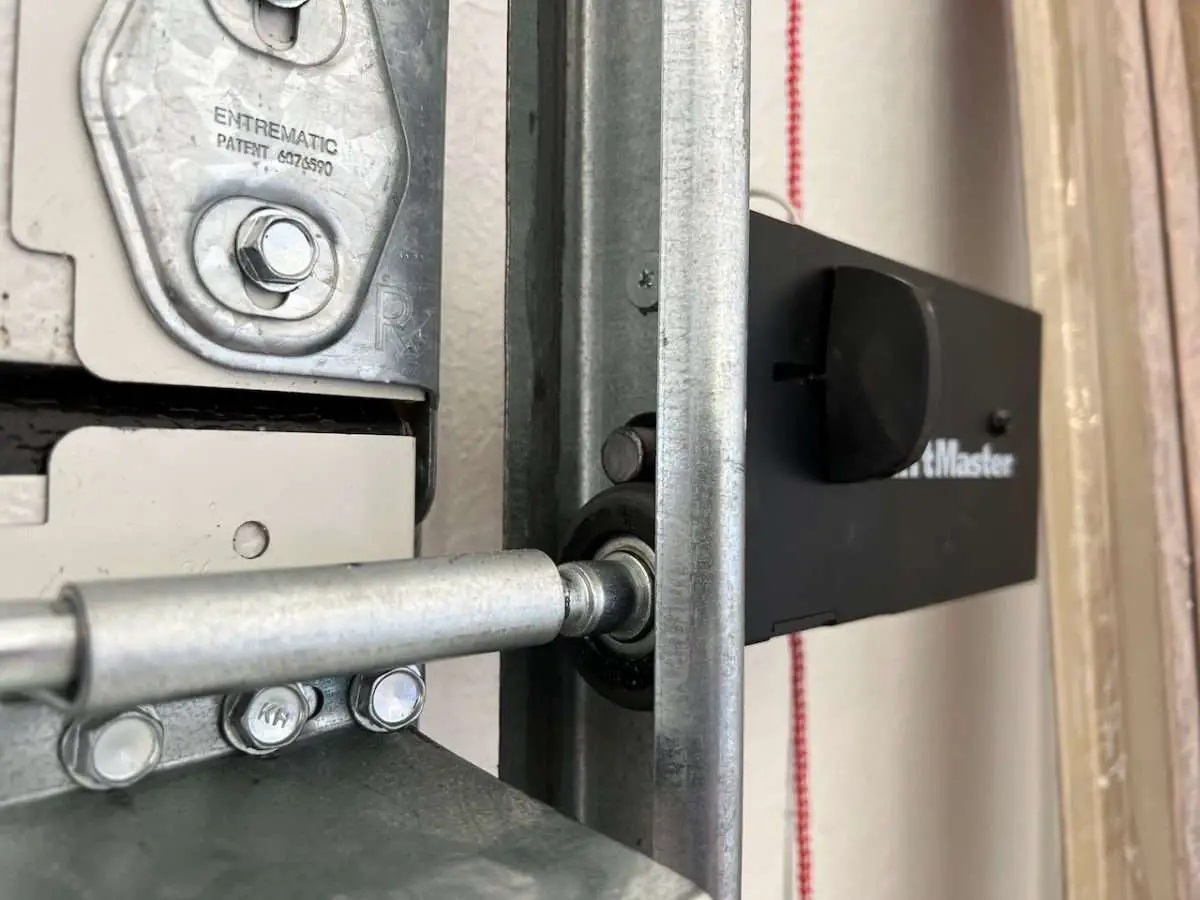
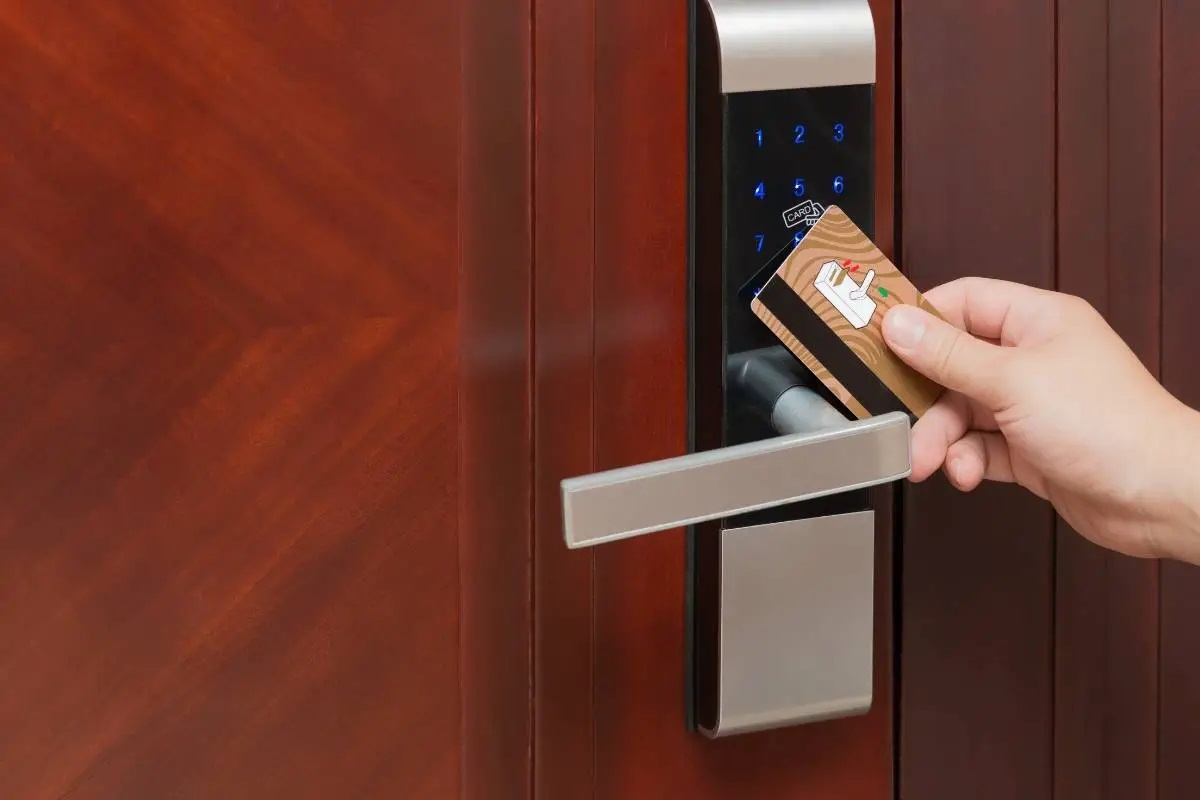
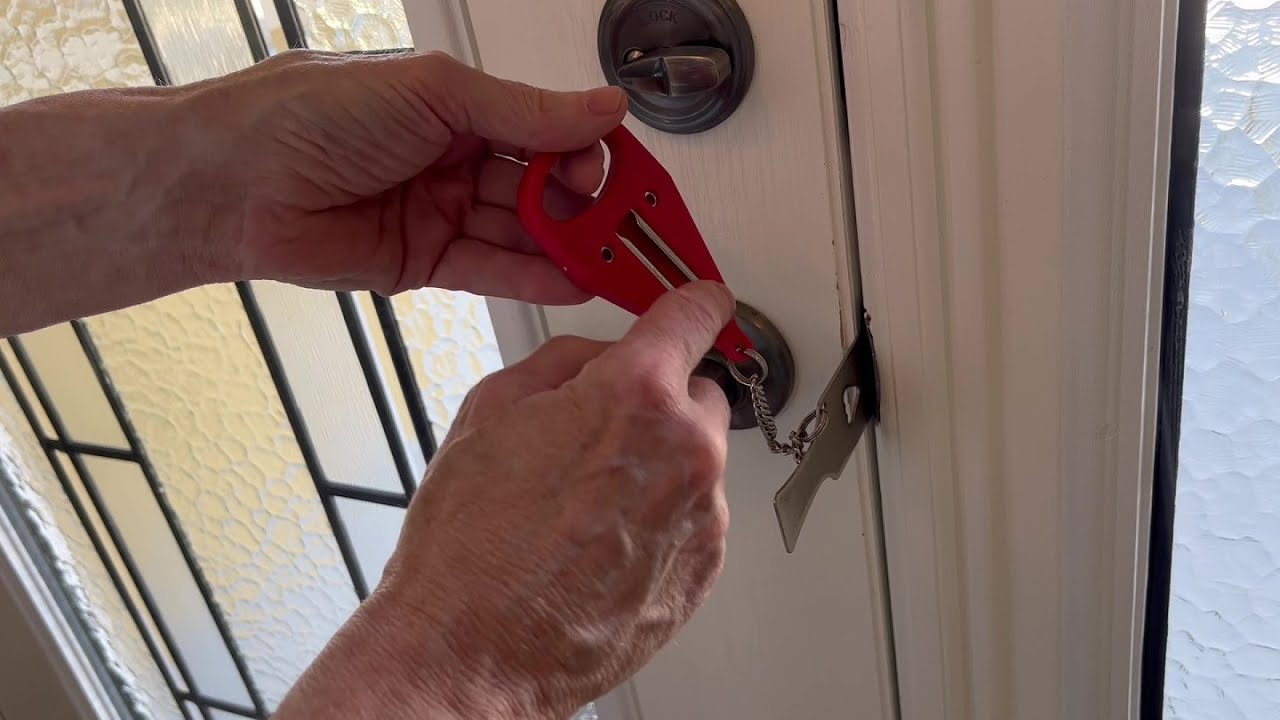
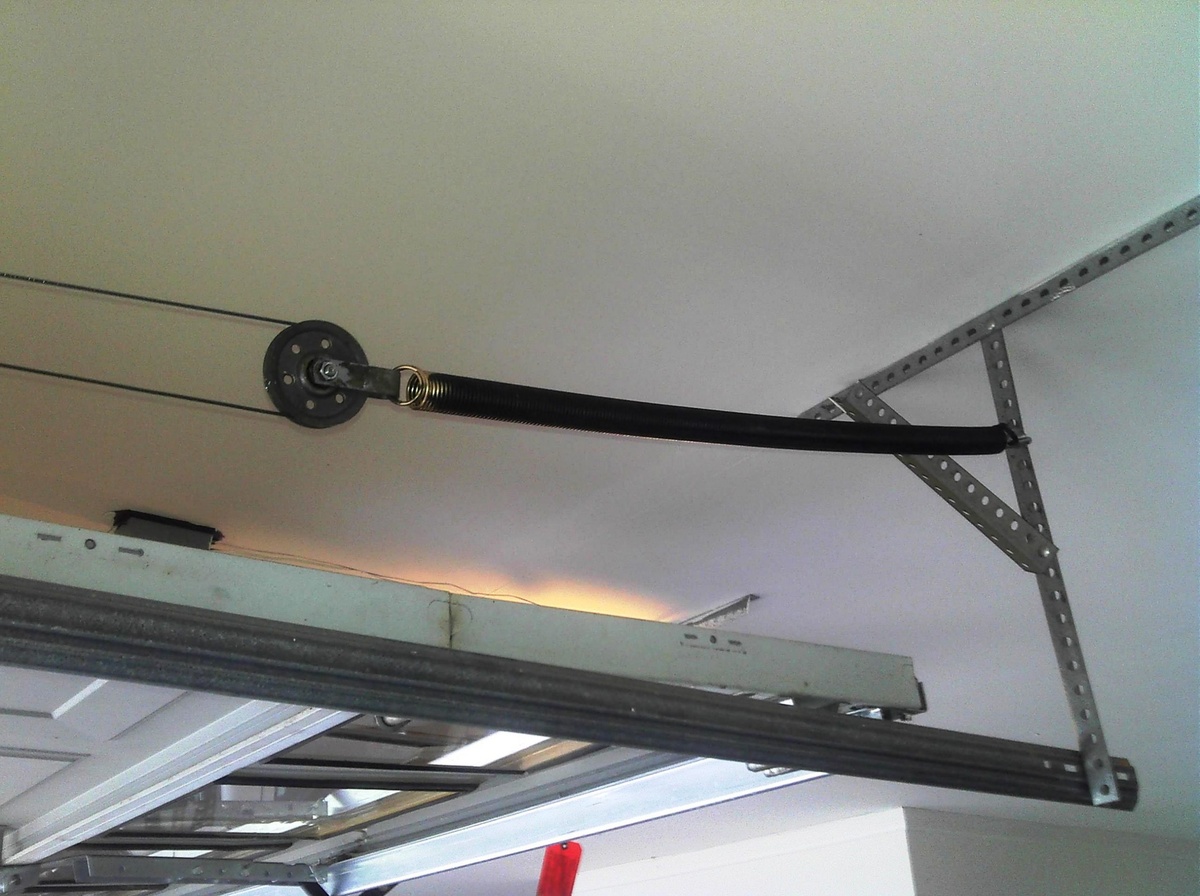
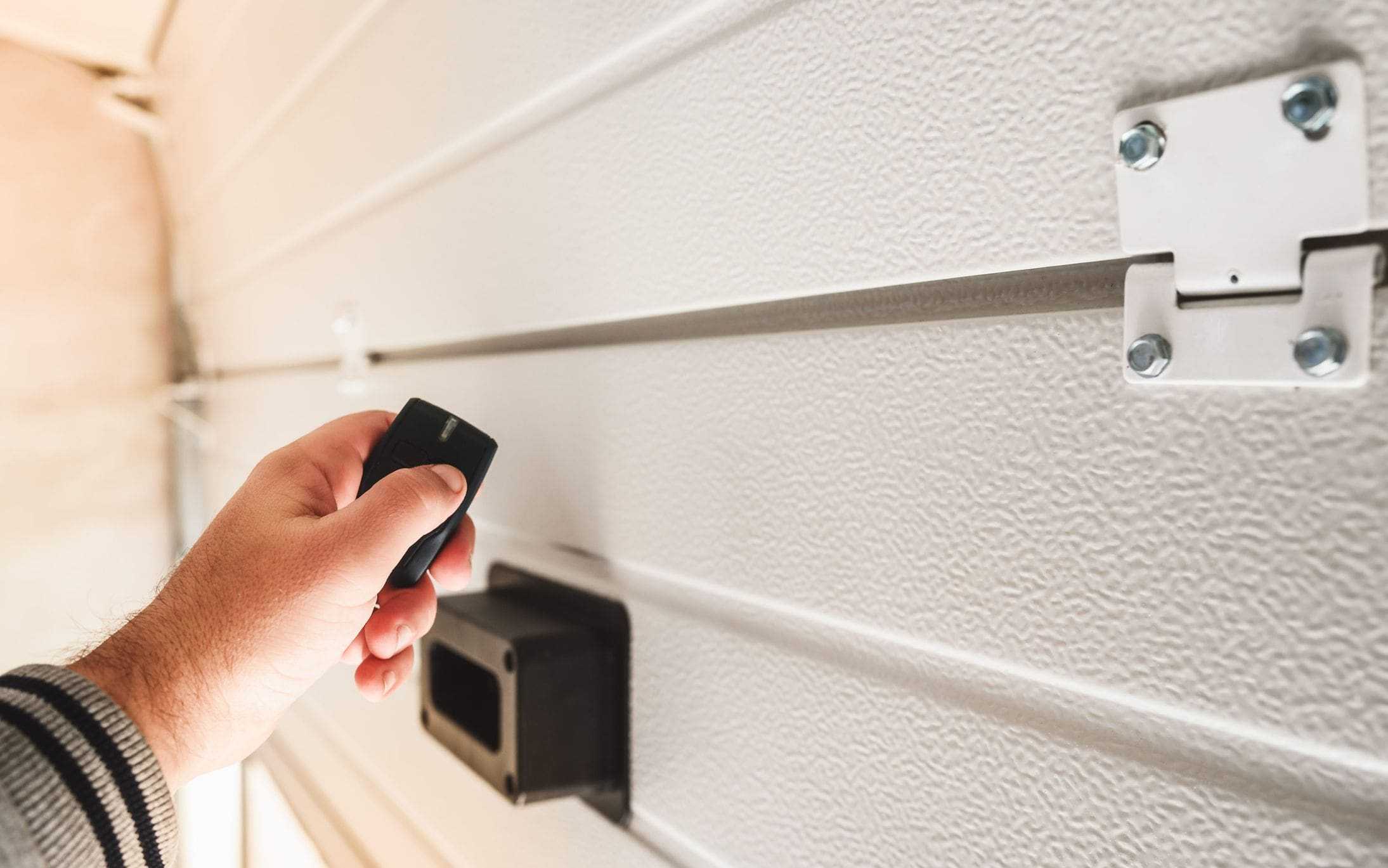
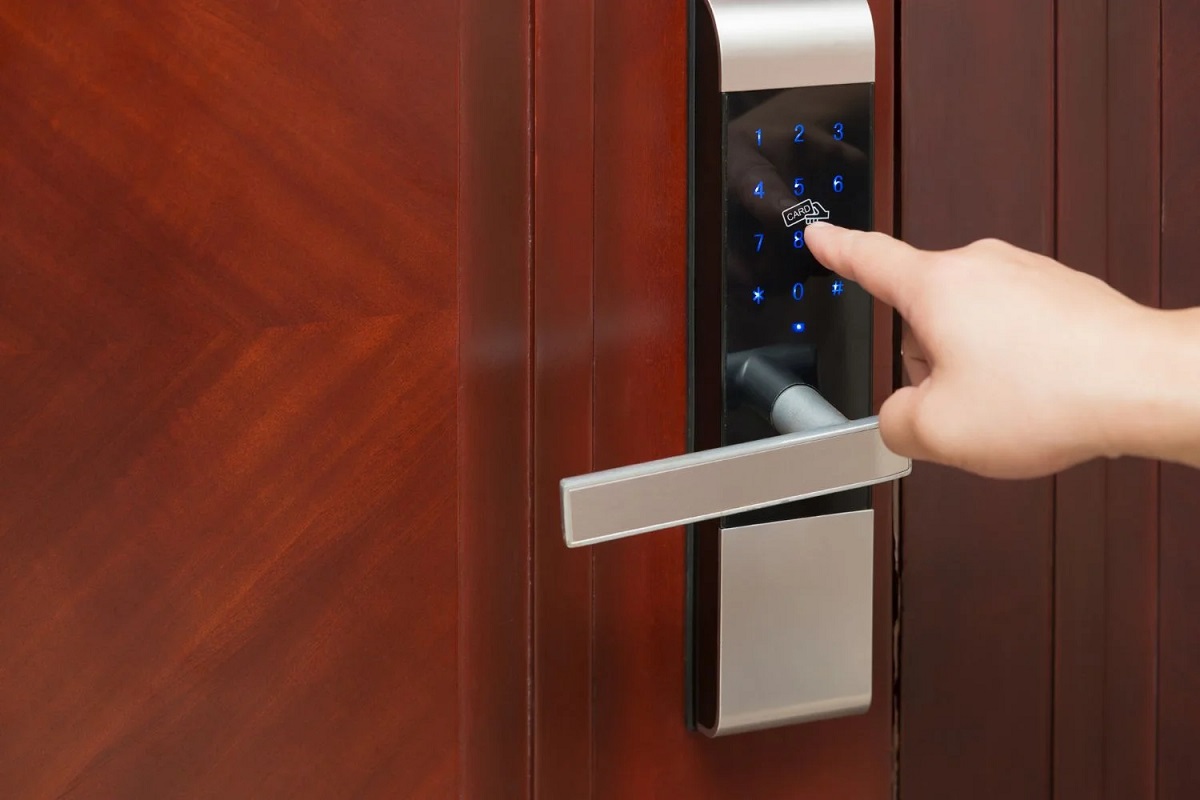
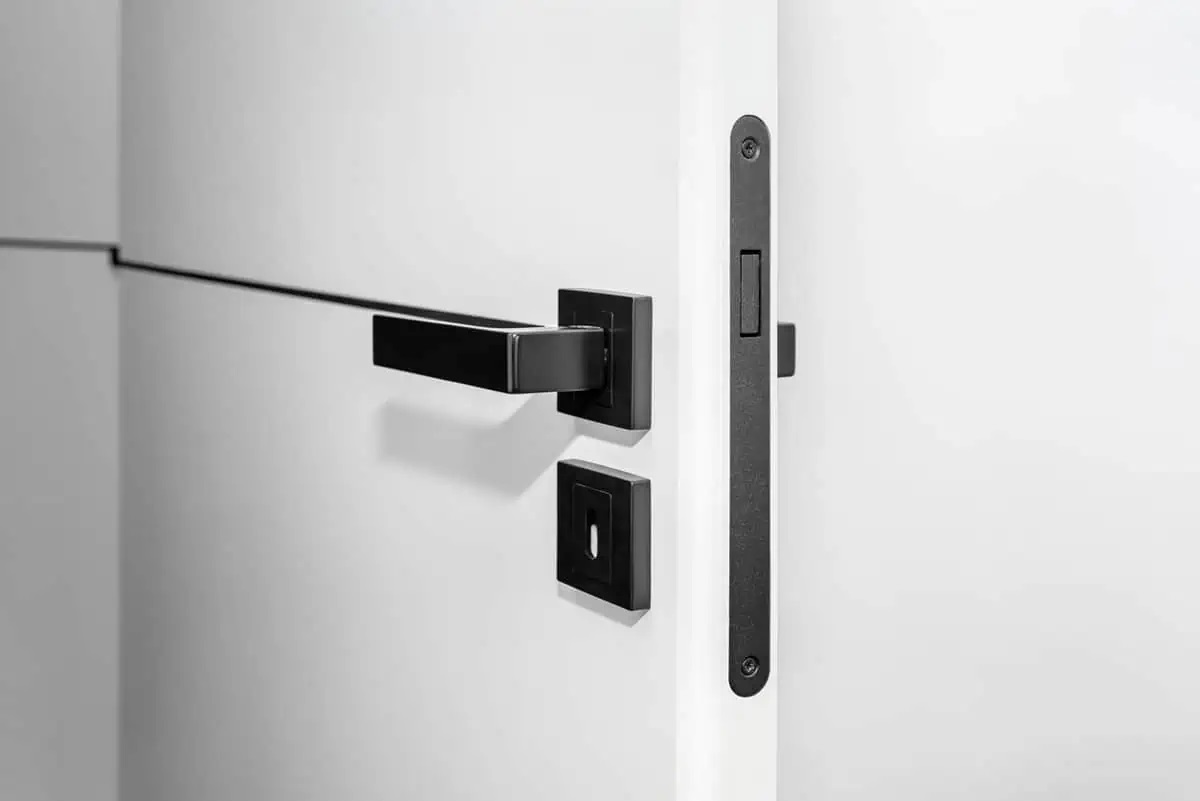
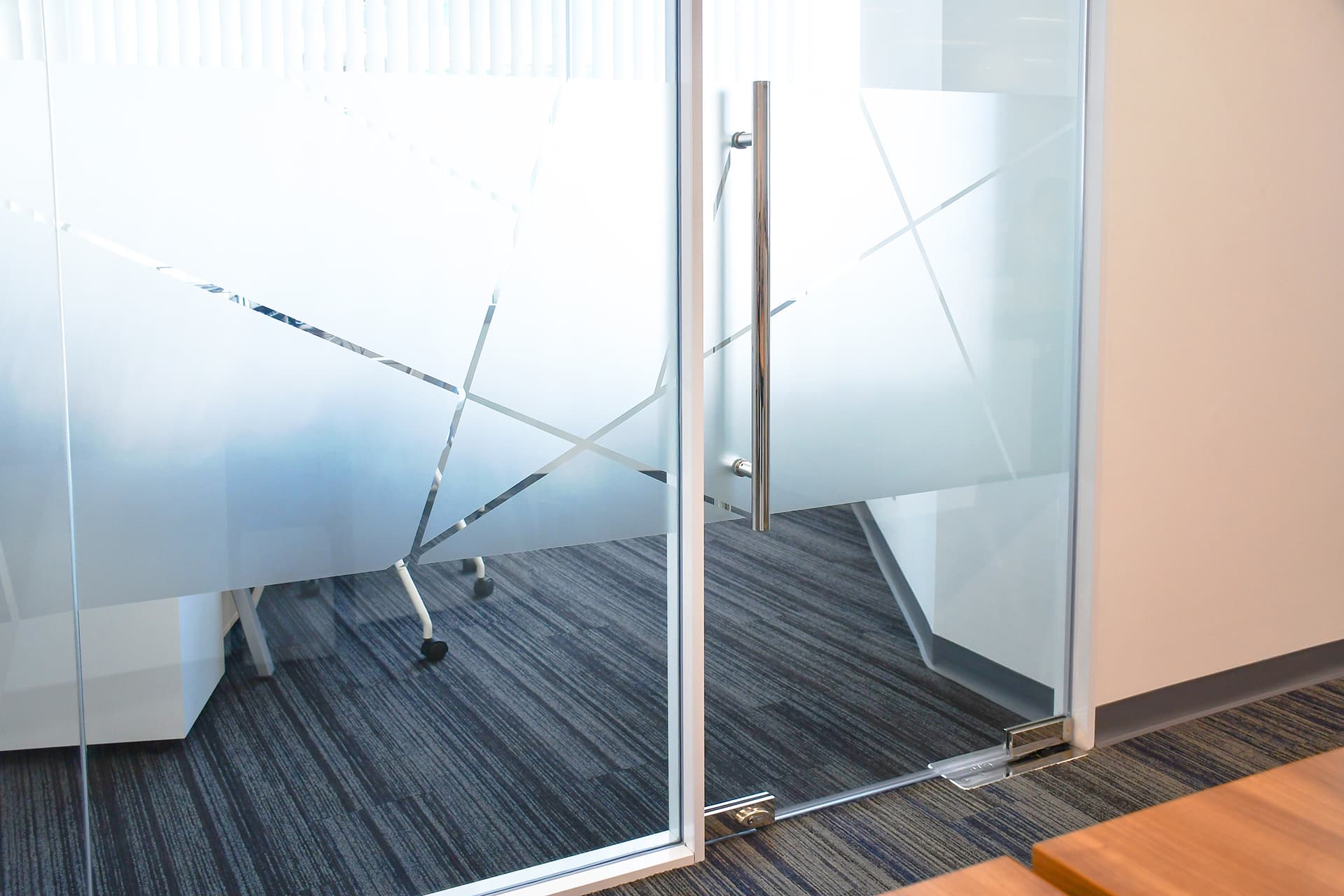

0 thoughts on “How Does A Glass Door Works”